Health
Struggling to fall asleep? Try this simple trick to drift off quickly
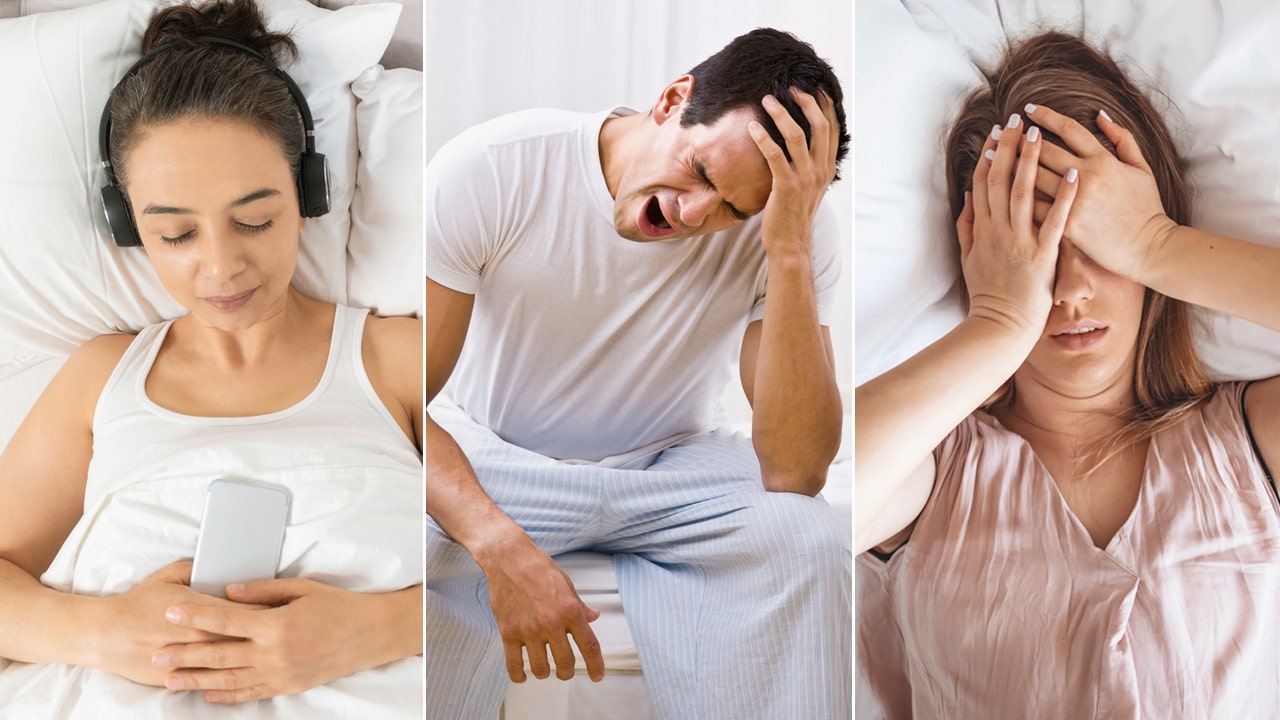
For those who are struggling to get enough sleep, the ABCs may be the key to getting more Zzzs.
A sleep shortcut that’s making the rounds on TikTok uses the alphabet to help people drift off.
Sleep experts shared their input on the unconventional route to restful nights.
HAVING TROUBLE SLEEPING? IT COULD BE FOR THIS SURPRISING REASON, EXPERTS SAY
The technique isn’t new, but it’s been circulating on social media in recent weeks.
Here’s how it works: The wanna-be sleeper chooses a category — whether it’s song titles, vacation destinations or anything that strikes their fancy — and then thinks of something for every letter of the alphabet.
A sleep shortcut that’s making the rounds on TikTok uses the alphabet to help people drift off. (iStock)
For instance, if the category is colors, A might be Aqua, B could be Blue, C could be Chartreuse, and so on.
The idea is that, over time, the exercise will lull the person to sleep.
There are other variations of the alphabet hack, such as picturing each letter being written and erased to help induce sleep.
AMERICANS NEED MORE SLEEP, LESS STRESS, EXPERTS SAY, AS GALLUP POLL REVEALS TROUBLING FINDINGS
Sleep expert Jeff Kahn, the Chicago-based CEO and co-founder of Rise Science, maker of the sleep and energy tracker app RISE, pointed out that the alphabet method hasn’t been studied, but that it likely works by distracting the person from focusing on the inability to sleep.
“This is how the larger category of distraction techniques can help with sleep, anxiety and managing pain, among other challenges,” he told Fox News Digital.
“You can’t force sleep — and thinking about falling asleep or about how you can’t fall asleep is a surefire way to delay it.”

If lack of sleep is interfering with your quality of life, experts recommend speaking with a doctor about getting assessed for a sleep disorder or other underlying medical conditions. (iStock)
Dr. Chelsie Rohrscheib, a neuroscientist and sleep specialist at Wesper in New York, noted that many people experience an overactive mind when they’re trying to sleep, which makes it difficult for the brain and body to relax — leading to insomnia and poor sleep quality.
“The alphabet hack forces you to stop focusing on stimulating or stressful thoughts, which calms your brain activity and helps the brain enter the first sleep stage,” she told Fox News Digital.
Alternative sleep hacks
If the alphabet method doesn’t work, there are other creative techniques that could help you fall asleep.
“Alternatives include meditation and deep breathing exercises, which focus on not only quieting the mind, but also slowing your heart rate and breathing, which make it easier to enter sleep,” Rohr said.
“You can’t force sleep — and thinking about falling asleep is a surefire way to delay it.”
If none of these techniques are effective, he recommends getting out of bed and going to another quiet, dim area to do a relaxing activity, like reading or listening to music, until you feel sleepy.
Kahn agreed with that advice.
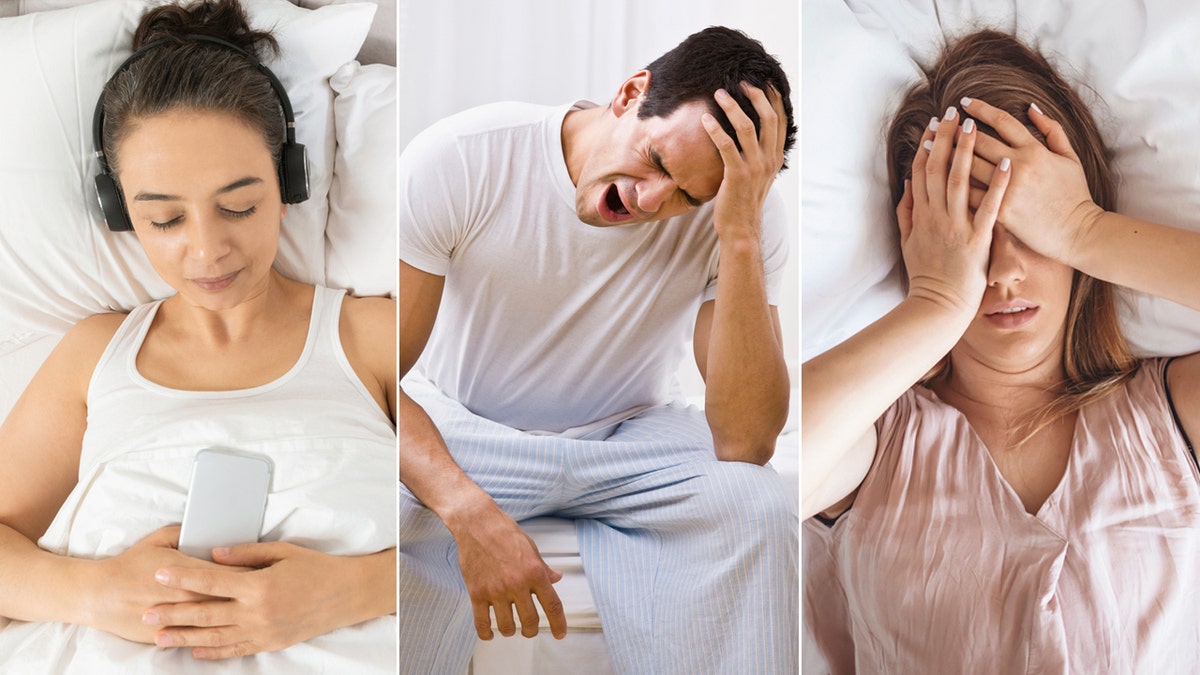
“You can’t force sleep — and thinking about falling asleep or about how you can’t fall asleep is a surefire way to delay it,” an expert said. (iStock)
“A good rule of thumb is, if you can’t fall asleep within 20 to 30 minutes, abandon the pursuit, leave your bed, and do things that are relaxing and distracting, in low or as little light as possible,” he advised.
“Let sleepiness wash over you, which it will, and then head back to bed. Sleep doctors call this a ‘sleep reset.’”
Another technique that works for a lot of people is progressive muscle tension and relaxation, both experts said.
CLICK HERE TO SIGN UP FOR OUR HEALTH NEWSLETTER
“A warm shower immediately before bed also helps to drop your core body temperature quickly once you get out, which stimulates the brain to feel sleepy,” Rohr added.
Optimizing sleep hygiene
“Decades of sleep science research shows that having excellent sleep hygiene is your best bet to regularly fall sleep, stay asleep, and to feel and function your best while awake,” Kahn told Fox News Digital.

Optimizing your sleep hygiene is the best way to “regularly fall sleep, stay asleep, and to feel and function your best while awake,” a sleep doctor warned. (iStock)
Common best practices include keeping a very regular sleep schedule, cutting off caffeine 12 hours before bedtime, avoiding late meals and alcohol, getting sunlight every morning — and keeping your bedroom as cool, dark and quiet as possible.
When to seek help
If you’ve tried everything — including optimizing your sleep environment and routine — and lack of sleep is still interfering with your quality of life, experts recommend speaking with a doctor about getting assessed for a sleep disorder or other underlying medical conditions.
“Because anxiety about sleep can precipitate more sleeplessness and sleeplessness feeds anxiety, I recommend seeking help sooner rather than later,” Kahn said.
For more Health articles, visit www.foxnews.com/health.

Health
Introducing Our Product Reviews Team, and How We Review | Woman's World

Sign Up
Create a free account to access exclusive content, play games, solve puzzles, test your pop-culture knowledge and receive special offers.
Already have an account? Login
Forgot your password?
Get back to the Sign In
Use left and right arrow keys to navigate between menu items.
Use escape to exit the menu.
Health
What You Should Know About the Military Diet: Experts Weigh In | Woman's World

Sign Up
Create a free account to access exclusive content, play games, solve puzzles, test your pop-culture knowledge and receive special offers.
Already have an account? Login
Forgot your password?
Get back to the Sign In
Use left and right arrow keys to navigate between menu items.
Use escape to exit the menu.
Health
Could your car make you sick? Study highlights potentially cancerous toxins in vehicles
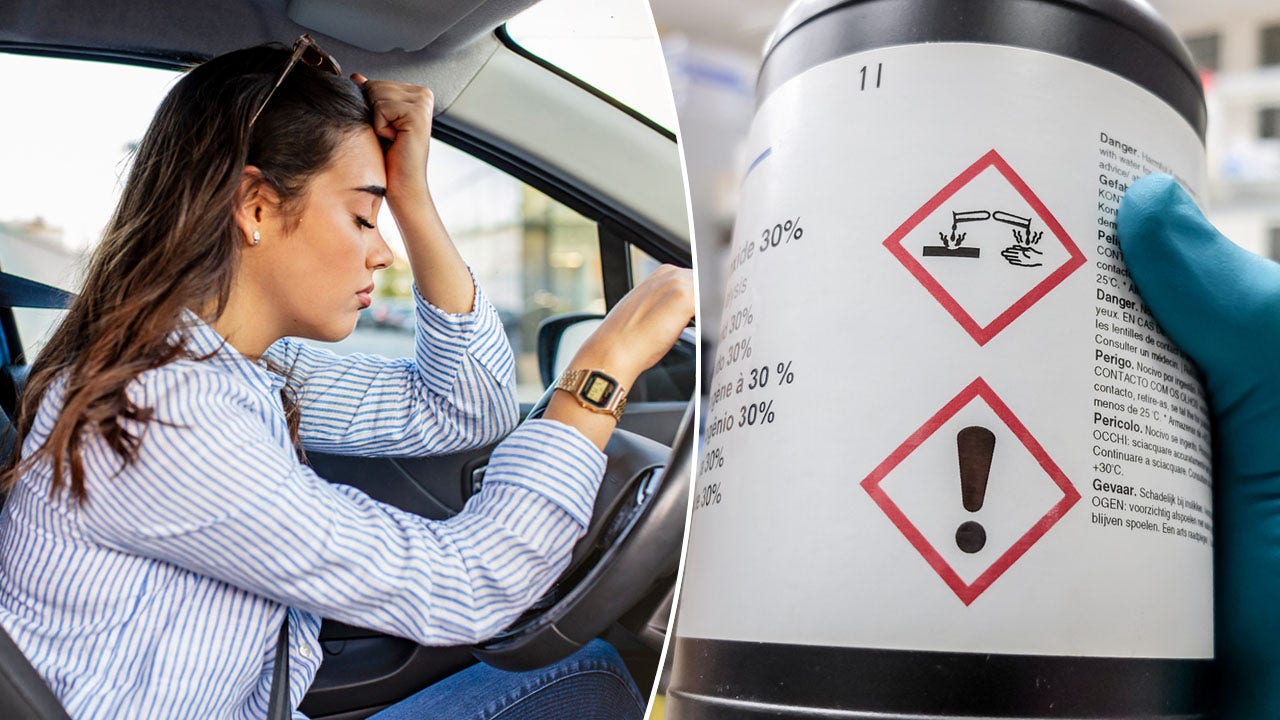
Americans may be breathing in cancer-causing chemicals while driving, recent research suggests.
A study published in the journal Environmental Science & Technology has sparked discussions about the potentially harmful toxins that could be lurking in the cabins of vehicles.
“Certainly the indoor air quality can cause health symptoms,” Dr. Ken Speath, M.D., the division chief and medical director for occupational and environmental medicine at Northwell Health on Long Island, New York, told Fox News Digital.
‘FOREVER CHEMICALS’ FOUND IN US DRINKING WATER, MAP SHOWS ‘HOT SPOTS’ OF HIGHEST LEVELS
It is important to be mindful of what you’re breathing in at home, at the office, at school and even in cars, according to Speath, who was not involved in the study.
“There can be situations where levels of harmful chemicals get high enough to potentially cause health harms,” he said.
Americans may be breathing in cancer-causing chemicals while they are driving, recent research suggests. A study published in the journal Environmental Science & Technology has sparked many discussions. (iStock)
“A car is a closed small space — so whatever is in the air is certainly going to be breathed in.”
Research reveals ‘harmful chemicals’
The peer-reviewed study looked at 101 owned vehicles in the U.S., model year 2015 or newer.
The researchers concluded that harmful flame-retardant chemicals — including those suspected of potentially causing cancer and some neurological issues — may be polluting the air inside vehicles.
DRIVING DANGERS: 9 TOP DISTRACTIONS THAT CONTRIBUTE TO ACCIDENTS, ACCORDING TO EXPERTS
“Flame retardant chemicals, which are intentionally added to vehicle interiors to meet flammability standards, are released into the cabin air from the materials to which they were applied,” lead author Rebecca Hoehn, a scientist at Duke University, told Fox News Digital.
“People in these vehicles may be exposed to these chemicals.”
Seat foam was the only material the researchers measured, Hoehn said, but other interior materials could also contain the chemicals.

The researchers concluded that harmful flame-retardant chemicals — including those suspected of potentially causing cancer and some neurological issues — may be polluting the air inside vehicles. (iStock)
“Considering the average driver spends about an hour in the car every day, this is a significant public health issue,” Hoehn warned.
“It’s particularly concerning for drivers with longer commutes, as well as child passengers, who breathe more air pound for pound than adults.”
The chemicals detected in the car cabins included a flame retardant called tris (1-chloro-isopropyl) phosphate (TCIPP), which is currently being investigated as a potential carcinogen by the U.S. National Toxicology Program.
“Considering the average driver spends about an hour in the car every day, this is a significant public health issue.”
Other flame retardants — tris (1, 3-dichloro-2-propyl) phosphate (TDCIPP) and tris (2-chloroethyl) phosphate (TCEP) — were also detected.
These are “two Californian Proposition 65 carcinogens linked to neurological and reproductive harms,” according to a press release.
Higher concentrations of the flame retardants were found during warmer weather.
“We found that the same cars, sampled in both winter and summer, had higher concentrations of flame retardants in the cabin air during the warm summer months,” Hoehn told Fox News Digital.

Flame retardants are added to vehicles to meet the National Highway Traffic Safety Administration Federal Motor Vehicle Safety Standard, which mandated their use in the 1970s. (iStock)
Flame retardants are added to vehicles to meet the National Highway Traffic Safety Administration Federal Motor Vehicle Safety Standard (FMVSS 302), which mandated their use in the 1970s, the release stated.
Flame retardants have been the “focus of concern for some time,” Speath told Fox News Digital.
More information is needed to determine the health risks these chemicals pose in humans, he said.
THESE MEDICATIONS COULD MAKE DRIVING DANGEROUS, THE FDA WARNS
“A number of these have been demonstrated in studies to have health harms in animals,” he said.
“That doesn’t necessarily mean that would be true for humans, but it raises that possibility, so we need to study these chemicals more in relation to their effects on humans.”
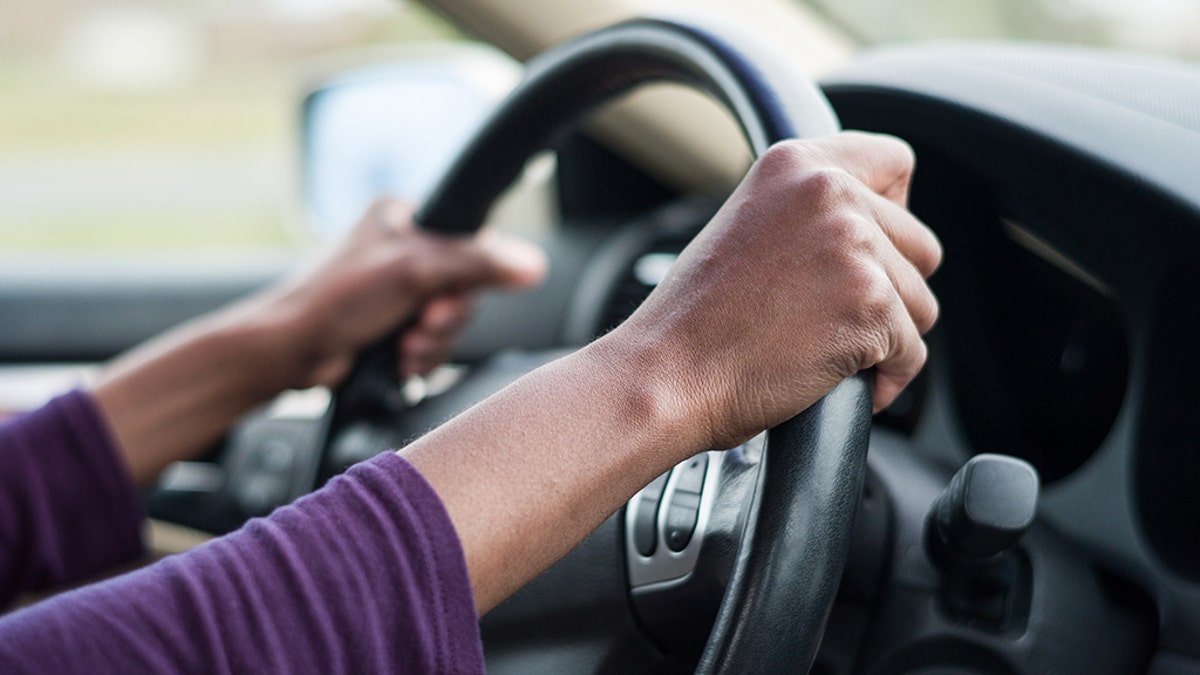
Higher concentrations of the flame retardants were found during warmer weather, the researchers said. (iStock)
Emanuela Taioli, M.D., PhD, the director of the Institute for Translational Epidemiology at Icahn School of Medicine at Mount Sinai in New York City, was also not part of the study, but shared her reactions.
“This is a very relevant finding, since it may prompt changes in cars’ upholstery, as well as in other parts of the car where there is foam,” she told Fox News Digital via email.
“We also want to know more about this finding and monitor whether it is replicated by other investigators.”
Other sources of toxins
Stephen Showalter, a home inspector and indoor environmental air consultant with Showalter Property Consultants in Maryland, said he typically interviews clients about their history of illness, then tests for potential sources of sickness in buildings, cars, RVs and boats.
Mold is a common culprit when it comes to health issues triggered by one’s environment, he said in an interview with Fox News Digital.
TOXIC CHEMICAL POISONING: HAVE YOU BEEN AFFECTED? HOW TO KNOW
Dr. Daniel Johns, a member of the International Society of Environmentally Acquired Illnesses and a chiropractor who practices in Annapolis, Maryland, echoed Showalter’s concerns about mold-related health issues.
Johns also cautioned that cars can be a daily source of mold exposure.
“Any water that leaks from a window, sunroof or convertible can get into the carpet and cause mold growth,” he said during an interview with Fox News Digital.
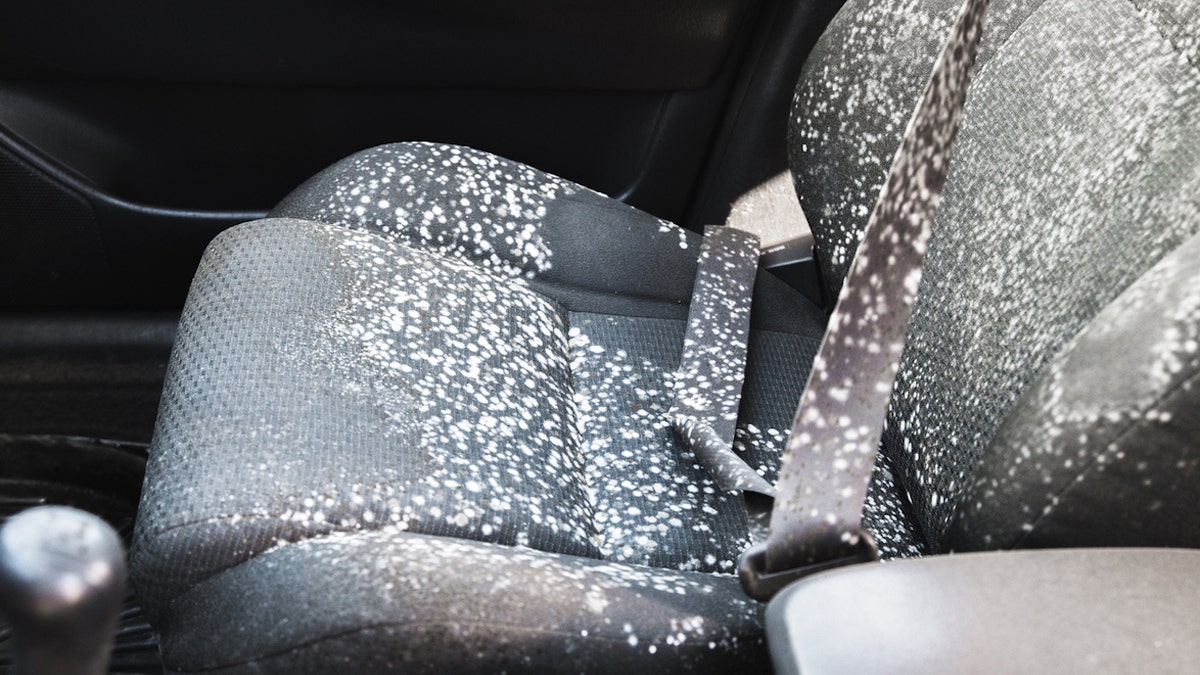
Mold is a common culprit when it comes to health issues triggered by one’s environment, according to an environmental expert. (iStock)
“Mold can start growing on a wet surface within 24 to 48 hours.”
For families with small children, spilled sippy cups could play a role when it comes to mold in cars, Johns warned.
“The water seeps into the upholstery and doesn’t get noticed or properly dried out, and the whole seat can become moldy,” he said.
“Mold can start growing on a wet surface within 24 to 48 hours.”
“Every time you sit on the seat, it releases a mold spore cloud into the car. Once that happens, you can’t clean it away. The upholstery must be removed and replaced.”
The impact of these potentially harmful pollutants can vary from one person to the next, experts told Fox News Digital.

For families with small children, spilled sippy cups could play a role when it comes to mold in cars, an expert warned. (Kids and Car Safety)
People metabolize chemicals and toxins in different ways, according to Taioli.
“Metabolism happens through enzymes that the body produces,” he said.
“Each of us has a different genetic profile that defines our metabolic capacity. As a consequence, the same amount of toxin may be metabolized better/faster by some, and worse/slower by others.”
Tips for ensuring safe interiors
While further research on car-borne chemicals is needed, experts say people can take measures to limit exposure.
“People may be able to reduce their exposure by ventilating their cars,” Hoehn advised.
“For example, rolling down the windows to let out contaminated air, or pulling in fresh air with climate control systems, should reduce concentrations.
“Ultimately, reducing the amount of flame retardants added to vehicles in the first place would provide the greatest reduction in exposure risk.”
Controlling your vehicle’s cabin temperature may also reduce exposure, she added.
“Parking in a garage or shade instead of full sun may reduce the cabin temperature and limit the extent of flame retardant release,” Hoehn said.
The researchers also called for action from regulatory agencies and vehicle manufacturers.
CLICK HERE TO SIGN UP FOR OUR HEALTH NEWSLETTER
“Ultimately, reducing the amount of flame retardants added to vehicles in the first place would provide the greatest reduction in exposure risk,” Hoehn noted.
“If flammability standards for vehicles could be revised to meet fire safety guidelines without the use of added flame retardants, risk of flame retardant exposure from personal vehicles could be greatly reduced.”
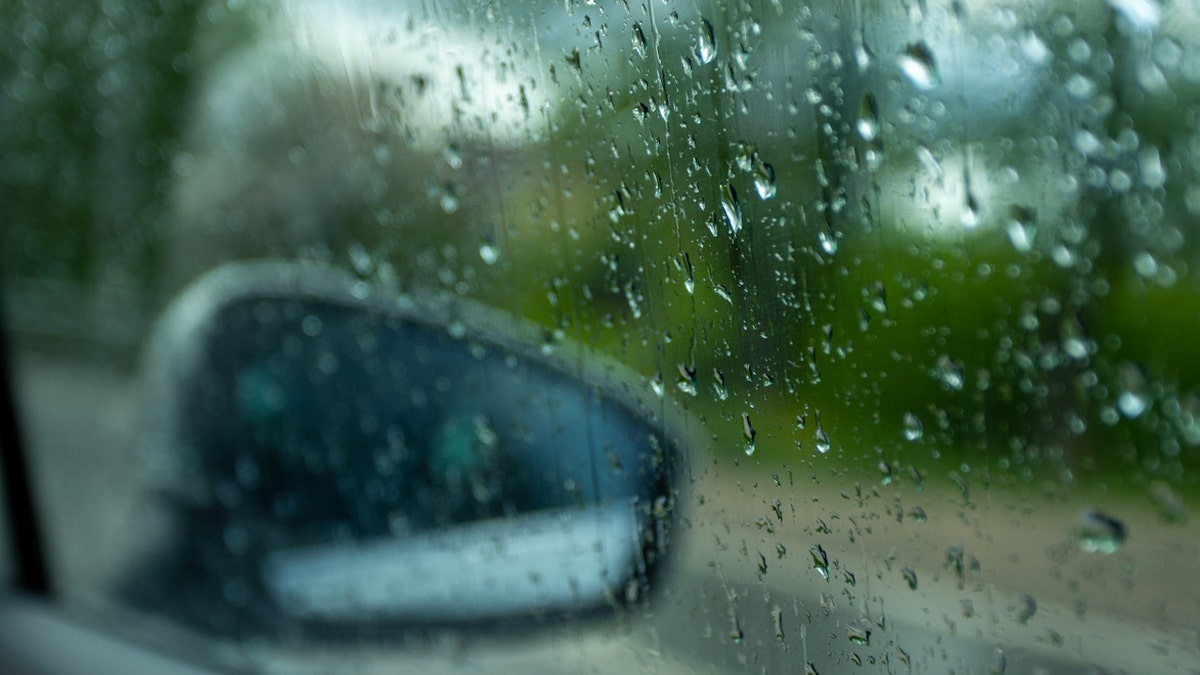
To prevent mold in a vehicle, experts recommend keeping your windows up when it rains or snows to prevent water from permeating the carpet or fabric. (iStock)
Having your car’s air quality and surfaces tested is one way to reduce the risk of exposure to allergens, toxins and chemicals, experts told Fox News Digital.
To prevent mold in a vehicle, Showalter recommends keeping your windows up when it rains or snows to prevent water from permeating the carpet or fabric.
He also cautioned about leaky air conditioners, which can foster mold growth in vehicles, and about leaving wet items in the car.
Lastly, before buying a used car, he said it is important to check the vehicle’s history to make sure it doesn’t have flood damage, which can lead to mold and other issues.
If you think you are experiencing illness due to chemical exposure in your car, home or office, it’s best to see a health care professional to discuss your symptoms.
Fox News Digital reached out to several major car companies for comment.
For more Health articles, visit www.foxnews.com/health.
-

 World1 week ago
World1 week agoUkraine’s Zelenskyy fires head of state guard over assassination plot
-

 World1 week ago
World1 week agoIndia Lok Sabha election 2024 Phase 4: Who votes and what’s at stake?
-

 Politics1 week ago
Politics1 week agoFox News Politics: No calm after the Stormy
-

 News7 days ago
News7 days agoSkeletal remains found almost 40 years ago identified as woman who disappeared in 1968
-

 Politics1 week ago
Politics1 week agoUS Border Patrol agents come under fire in 'use of force' while working southern border
-

 Politics1 week ago
Politics1 week agoTales from the trail: The blue states Trump eyes to turn red in November
-

 World1 week ago
World1 week agoBorrell: Spain, Ireland and others could recognise Palestine on 21 May
-

 World1 week ago
World1 week agoCatalans vote in crucial regional election for the separatist movement















